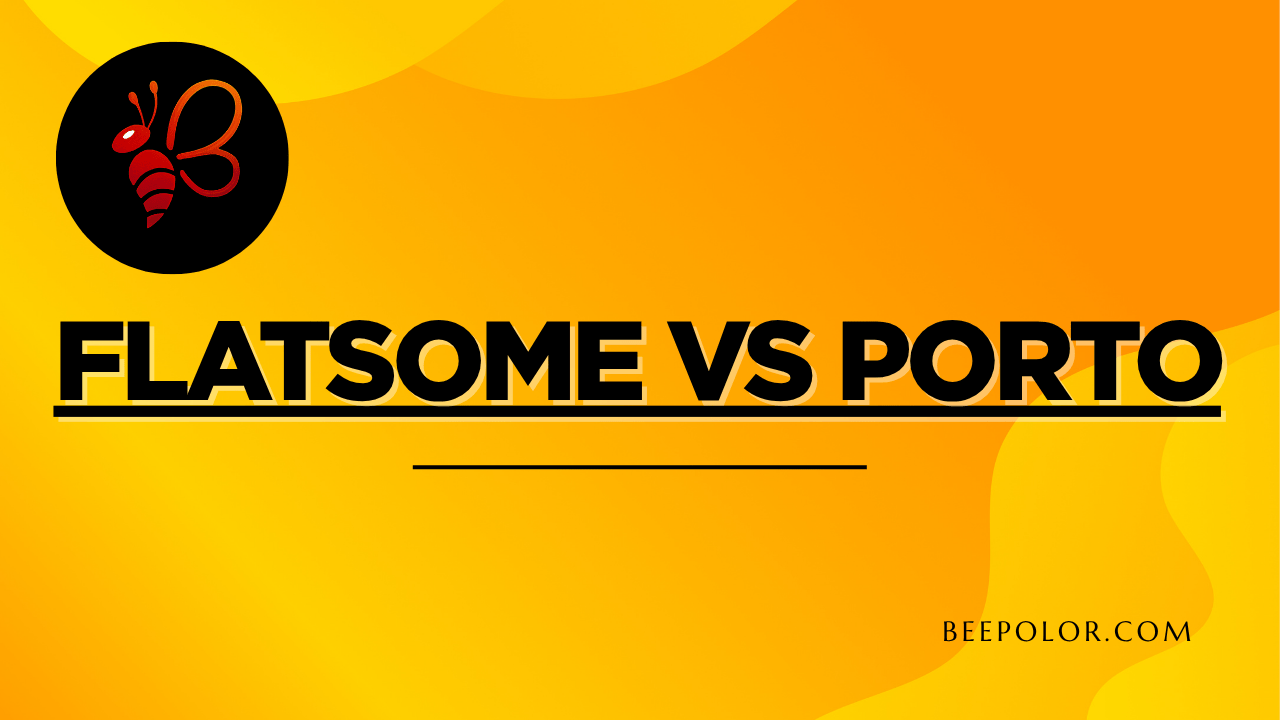Choosing the right WordPress theme for your business can feel overwhelming, especially with powerful contenders like Flatsome and Divi dominating the market. Both are visually stunning, SEO-ready, and come packed with features, but they cater to different business needs and user experiences. Whether you’re a solo entrepreneur launching an online store, a digital agency designing client sites, or a freelancer managing multiple brands, knowing the differences between Flatsome theme vs Divi can help you make a strategic decision for your next project.
Introduction to WordPress Website Builders
What are WordPress Themes?
WordPress themes are pre-built frameworks that control the look, feel, and structure of a website. They influence everything from page layout to navigation to how fast your site loads.
Why Theme Choice Matters for Business Success
Your theme isn’t just about aesthetics. It’s about speed, SEO compatibility, ecommerce functionality, and your ability to scale. The right theme can increase user engagement, reduce bounce rates, and drive conversions.
Overview of Flatsome Theme
Key Features of Flatsome
Flatsome is a premium WooCommerce theme known for its minimalist, lightning-fast layout and intuitive UX builder. It’s lightweight and highly optimized for ecommerce, making it a popular choice for online stores.
-
Live theme builder with drag-and-drop interface
-
Extensive header and footer options
-
Built-in slider and image gallery tools
Ideal Use Cases for Flatsome
-
Ecommerce sites using WooCommerce
-
Small to mid-sized businesses looking for clean, fast UI
-
Shop owners who need product-focused visuals without clutter
Performance and Speed Insights
Flatsome is praised for its excellent Core Web Vitals scores, especially on mobile. It’s built for performance, reducing load time and boosting SEO rankings naturally.
Overview of Divi Theme
Unique Features of Divi
Divi is more than a theme—it’s a complete website-building framework. Developed by Elegant Themes, Divi includes an advanced visual editor with real-time previews, A/B testing, and hundreds of pre-designed templates.
Visual Builder Capabilities
Divi’s front-end builder allows you to see changes as you make them. This WYSIWYG (what-you-see-is-what-you-get) experience is perfect for designers and marketers who want more creative control.
Customization Options
With Divi, nearly every element is customizable—from font styles and hover effects to animations and custom CSS. It’s ideal for complex projects or brand-focused layouts.
Flatsome Theme vs Divi: Core Differences
Page Builder Comparison
-
Flatsome uses UX Builder—streamlined, fast, and easy for beginners.
-
Divi provides a more powerful visual builder with advanced layout options and dynamic modules.
Design Flexibility
Divi offers more creative flexibility, while Flatsome keeps things focused and efficient. If you want simplicity with style, go Flatsome. If you want full control, go Divi.
Speed & Optimization
Flatsome is generally faster out-of-the-box. Divi can match this performance, but it often requires additional optimization plugins or custom tweaks.
User Experience and Learning Curve
Is Flatsome Easy to Use?
Yes—its UI is minimal, and it’s beginner-friendly. You can build a full WooCommerce site without touching a single line of code.
Divi’s Learning Path
Divi has more features, which can be a double-edged sword. While it offers flexibility, the builder may feel overwhelming at first.
Beginner vs Advanced User Suitability
-
Beginners often gravitate toward Flatsome for its plug-and-play simplicity.
-
Designers, developers, and agencies prefer Divi for its high customization ceiling.
SEO Performance and Mobile Optimization
Mobile Responsiveness
Both themes are fully responsive. Divi allows more mobile-specific design tweaks, while Flatsome ensures clean layouts across all devices.
Core Web Vitals
Flatsome consistently scores higher in performance and load times. Divi can be made fast but may need fine-tuning.
Built-in SEO Tools
Divi includes more SEO-related controls in its builder, but neither theme replaces a solid SEO plugin like RankMath or Yoast.
Ecommerce Capabilities
WooCommerce Integration
Both themes offer deep WooCommerce support. Flatsome is purpose-built for ecommerce, giving it a slight edge for shop owners.
Flatsome for Online Stores
It excels with product grids, category filters, and integrated shop layouts that are conversion-focused.
Divi for Ecommerce Sites
Divi works well for ecommerce but may require more setup or plugins to achieve the same streamlined results.
Pricing Comparison
Flatsome Pricing Structure
Flatsome is sold via ThemeForest for a one-time fee. It includes 6 months of support and lifetime updates.
Divi Pricing & Lifetime Access
Divi is subscription-based but offers a lifetime access plan. It includes all Elegant Themes products, which is valuable for agencies.
Cost vs Value
-
Flatsome is ideal for one project at a lower price.
-
Divi is better for long-term or multi-client use.
Community, Support & Resources
Documentation & Tutorials
Both themes provide detailed guides. Divi’s library is more extensive, including webinars, courses, and YouTube tutorials.
Community Forums
Divi has a larger global community, which means more support and third-party solutions.
Customer Support
Support is responsive and knowledgeable for both, though Elegant Themes (Divi) offers chat support, which is faster.
Real-World Examples and Case Studies
Brands Using Flatsome
Boutique ecommerce shops and fashion retailers often use Flatsome for its fast, polished layouts.
Websites Built with Divi
Agencies, bloggers, SaaS companies, and service providers use Divi for its flexibility and brand identity potential.
When to Choose Flatsome over Divi
-
You need a fast, beautiful WooCommerce shop
-
You want minimal customization
-
You’re launching one site on a budget
When to Choose Divi over Flatsome
-
You run a web design agency
-
You want full design control
-
You work on multiple websites
Expert Verdict: Flatsome vs Divi for 2025
From an SEO expert’s perspective, Flatsome delivers faster load times and a leaner experience, making it excellent for ecommerce. Divi, on the other hand, excels in design innovation, brand identity, and multi-project scalability. Choose based on your business needs, technical comfort, and project scope.
Order a Professional Website Today
Looking for a professionally designed website that fits your brand and goals?
Place an order for your desired website through our secure platform at Beepolor.com. Whether it’s ecommerce, a portfolio, or a custom business site—we tailor each website to your unique needs.
You can also order via a trusted platform like Fiverr, where we maintain a strong reputation for timely, quality work.
FAQs About Flatsome and Divi
Which theme is faster: Flatsome or Divi?
Flatsome generally performs better out-of-the-box, especially for ecommerce sites focused on speed.
Can I build a blog using Flatsome?
Yes, but it’s more ecommerce-oriented. Divi offers better blogging tools and layout options.
Is Divi good for SEO?
Absolutely. It includes advanced layout tools that support schema markup, fast loading, and mobile optimization.
Which theme is easier for beginners?
Flatsome is simpler for first-timers. Divi requires more learning but offers more in the long run.
Can I switch themes later without losing data?
Switching themes can affect layout and design but your content will remain intact. Backup everything first.
Do these themes support multilingual websites?
Yes. Both are compatible with WPML and other translation plugins.
Is Divi or Flatsome better for freelancers?
Freelancers with multiple clients often prefer Divi. For a single project, Flatsome is more cost-effective.
Are both themes regularly updated?
Yes. Both have active development teams and release regular updates for compatibility and features.
Conclusion
Both Flatsome and Divi are excellent choices for building beautiful, functional, and SEO-friendly websites. Your decision should depend on your goals—speed and simplicity, or flexibility and scale.
Whether you’re just starting out or planning a full rebrand, choosing the right theme is a foundational step. Make it count.






